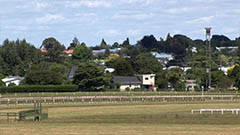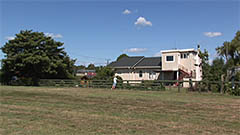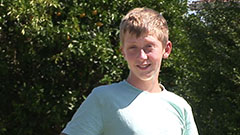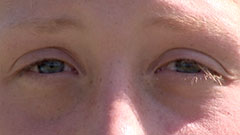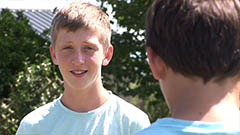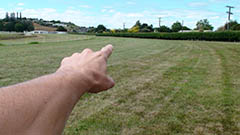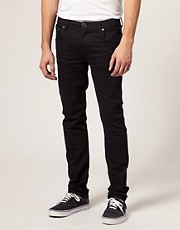|
Product
|
Problem & How Overcome
|
How it helped? (Beneficial?)
|
|
YouTube
|
Not being able to access YouTube in college& sometimes loosing
connection. These problems can be easily overcome by using YouTube at home.
|
It is beneficial because you can view other movie trailers that other
people around the country have created to get ideas for my own teaser trailer
|
|
Phone
|
Using this to send texts and emails to participating actors and
actresses so that I have people to perform in my teaser trailer.
|
It is beneficial because it is a quick and easy way to send and
receive messages about when the actors are available to do the filming.
|
|
Email
|
Emails wouldn’t open and/ or send. This was solved by just trying to open them in different
places as some internet worked better than others
|
It is beneficial because it is an easy way to send and receive work
on different parts of the project.
|
|
Word
|
Sometimes it becomes ‘un-responsive’ and this means that it would
shut down. It would luckily automatically save the files that we had open
before and this means that I can just continue with the work
|
It has helped because it is a very good way of writing out your work
before you post it onto blogger as it detects any grammar or spelling
mistakes.
|
|
Wikipedia
|
Some of the information which is posted on Wikipedia cannot be
trusted as anyone can post an article on Wikipedia without knowing whether
the information is correct
|
It is beneficial because I can use this to look up statistics on
films and how well they are received by the audience and critics so I can
base parts of my trailer around these.
|
|
IMDB
|
I couldn’t find any problems with this website
|
This was probably the most useful website so my project as it has a
huge range of films which you can use to view trailers quickly and easy. It
also meant that I could watch the most popular trailers in a certain genre to
know what is popular with an audience.
|
|
Digital camera
|
The digital camera that I was using for my behind the scene shots,
movie poster and film magazine front cover had quite a small battery life
which meant that I had to charge it up quite often in order that it wouldn’t
run out of battery.
|
The digital camera was very useful as it meant that I could take a
range of high quality images for my movie poster and my film magazine front
cover.
|
|
Film camera
|
At first it was quite complicated to use but as I used it more I got
used to how to use all of the controls which means that I was able to easily
record what I wanted too.
|
The film camera that I use to film my footage for my teaser trailer
was a very high quality camera and it also had a very large battery so it
meant that I could get all of my clips done in one taking which meant that I
saved time.
|
|
Photoshop
|
Sometimes Photoshop was running very slow and there was no reason,
this meant that sometimes I couldn’t use it. I overcame this by using
Photoshop at home where it ran a lot quicker than it does at college.
|
Photoshop was very beneficial as it is a useful editing program as it
has many features to completely changes photographs. I also used it to create
my magazine font cover and my movie poster; it was good for these as you can
create a magazine look easily.
|
|
Premiere
|
I had quite a few problems with premiere but that was probably
because of the pure amount that I was using it. Firstly sometimes it wouldn’t
even open as I had the problem of it saying ‘the program is un-responsive’ I
had this problem many times but apparently it is quite common for this
product. The second problem was that whenever I went to add a title to any
part of the film in college it would freeze, then shutdown. I couldn’t solve
the first problem so I had to just
keep trying until it would finally open and with the second problem I
just had to add the titles at home as it wouldn’t work consistently in
college
|
Overall premiere was a very good program to use as I could easily
learn the basics on what to do. It really helped in placing my film together
and editing it together. If I didn’t use this program I don’t think I would
have been able to achieve the final product that I did, simply because of the
range of features that you can use to create great effects.
|
|
Blogger
|
I only had one problem with blogger and that was that sometimes that
blogs weren’t posting and I just solved this by trying them on different
computers as finally some of them would work.
|
Blogger was very useful when posting my work as it would display it
in a very nice way where all of the information is clear.
|
|
FreeSound. org
|
You had to search through lots of sounds to get the ones you wanted
so sometimes it could be more time consuming than you wanted it to be.
Although this was a minor inconvenience the sounds on this website were still
very useful.
|
It really helped with the sound that I wanted to include in my teaser
trailer as it had a wide range of sound effects which made the teaser trailer
sound better.
|
How have I become more creative?
I have become more creative in the way that I edit the
teaser trailer as the first time I edited it I put some transitions that did
not look professional. When I re-filmed it I made sure that when I edited the
clips together using smooth transitions which made it look more professional.
I have also become more creative in the way that I use sound
in my teaser trailer as the music that I used fits together really well with
the genre and the sounds also overlap each other which creates different
effects.





















